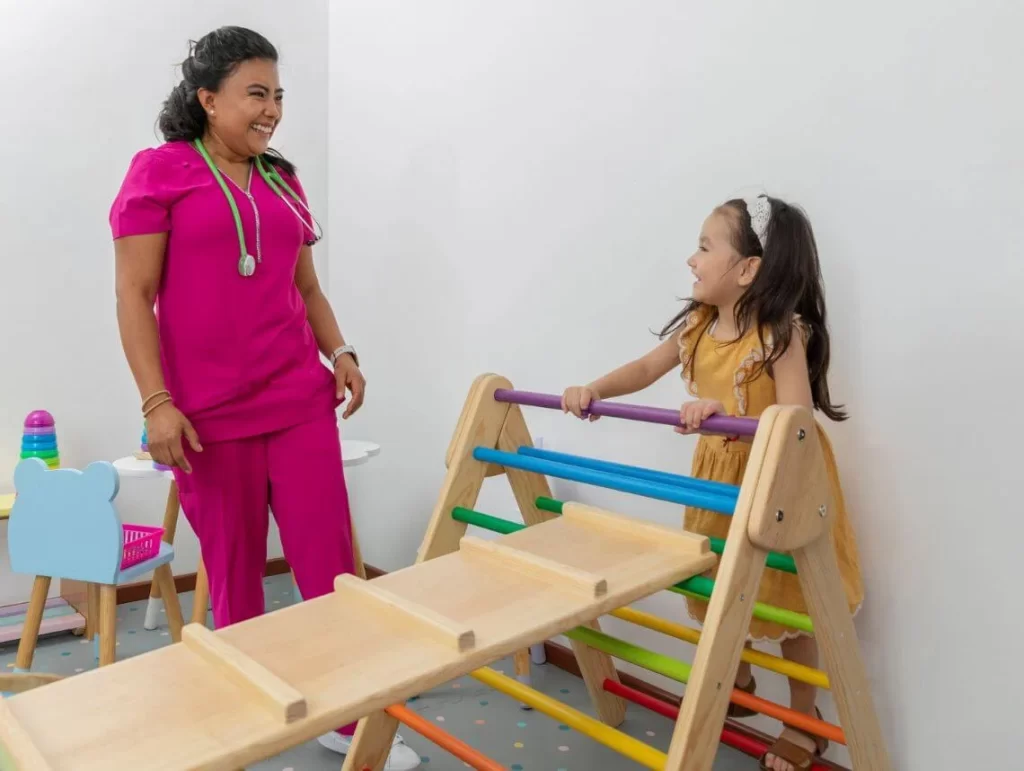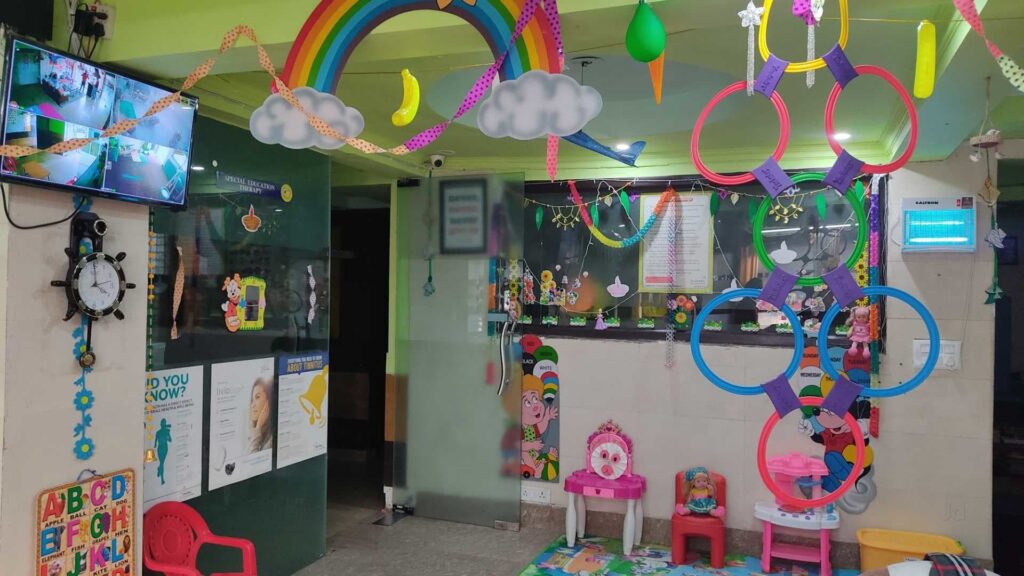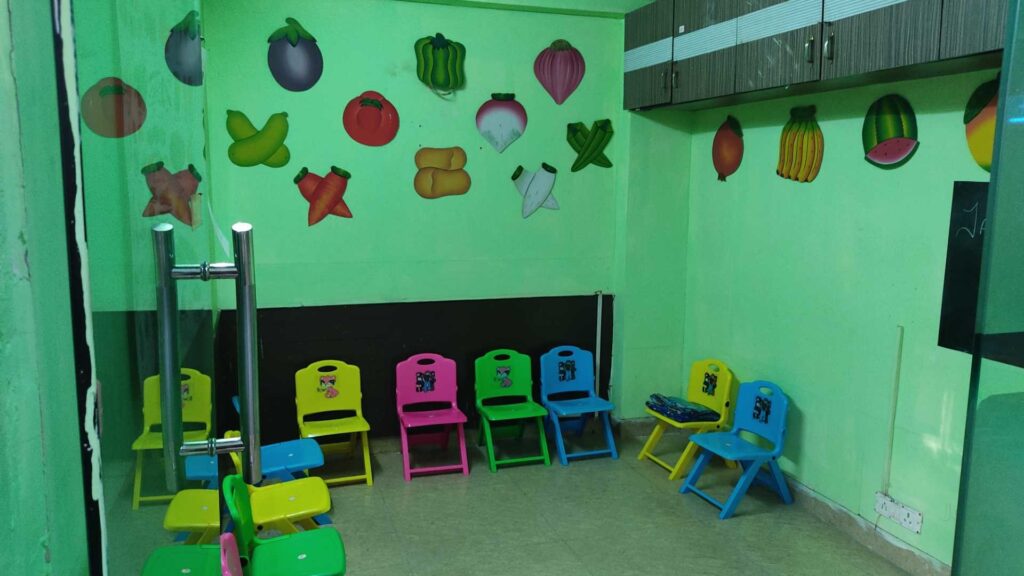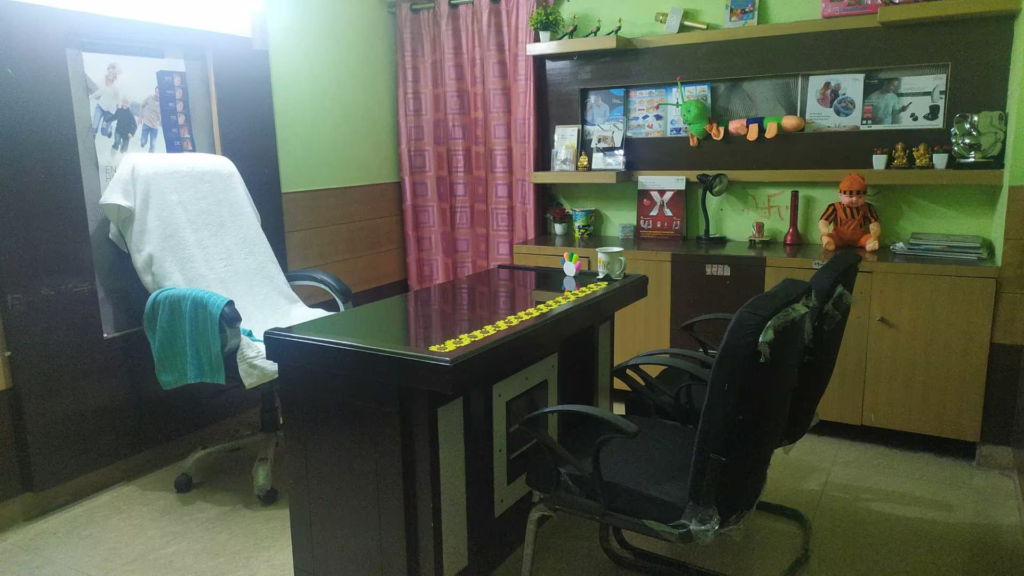Occupational Therapy

Key Components of Occupational Therapy
1. Assessment and Evaluation: An OT evaluates the individual’s current abilities, challenges, and goals. This may involve standardized tests, observations, and interviews.
2. Goal Setting: Based on the assessment, specific, achievable goals are set. These goals are personalized to meet the unique needs and desires of the individual.
3. Intervention and Treatment: Customized treatment plans are developed to help individuals achieve their goals. This can include exercises, activities, and modifications to the environment.
4. Skill Development: Focuses on building skills necessary for daily living, work, and leisure activities.
5. Adaptation and Modification: Adapting tasks or the environment to make activities easier and more accessible.
6. Education and Training: Teaching individuals and their caregivers strategies to manage daily tasks more effectively.
Benefits of Occupational Therapy
Improved Independence: Enhances the ability to perform daily tasks independently.
Enhanced Quality of Life: Increases participation in meaningful activities, leading to a more fulfilling life.
Adaptation to Challenges: Helps individuals adapt to physical, cognitive, or emotional challenges.
Support for Caregivers: Provides education and strategies to caregivers to support the individual’s needs.
Developmental Support for Children: Assists children with developmental delays or disabilities in reaching their full potential.



